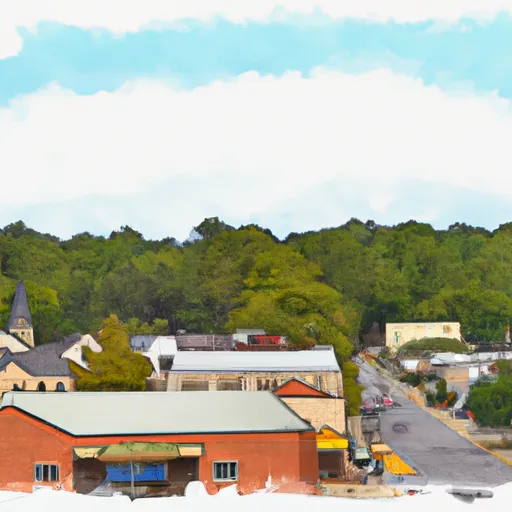°F
°F
mph
Windspeed
%
Humidity











Murrayville, located in the northeastern part of Georgia, offers a pleasant climate characterized by mild winters and warm summers. With an average annual temperature of around 61°F (16°C), residents and visitors can enjoy outdoor activities year-round. The region experiences approximately 53 inches of rainfall per year, ensuring lush greenery and abundant water resources.
Hydrologically, Murrayville benefits from proximity to Lake Lanier, a massive reservoir created by the Buford Dam on the Chattahoochee River. This pristine lake not only provides a serene environment for boating, fishing, and swimming but also serves as a primary water supply for the Atlanta metropolitan area.
Outdoor enthusiasts will find plenty of recreational opportunities in Murrayville. The vast expanse of Lake Lanier offers endless possibilities for water-based activities, including kayaking, jet skiing, and paddleboarding. Nature lovers can explore numerous hiking trails in the nearby Chattahoochee National Forest, which boasts scenic beauty, waterfalls, and diverse wildlife. Additionally, visitors can enjoy camping, picnicking, and bird-watching in the local parks, ensuring a well-rounded experience for nature enthusiasts of all ages.
Weather Forecast
Murrayville receives approximately 1497mm of rain per year, with humidity levels near 82% and air temperatures averaging around 15°C. Murrayville has a plant hardyness factor of 7, meaning plants and agriculture in this region tend to thrive during the non-winter months.
Regional Streamflow Levels
57
Cubic Feet Per Second
5
Cubic Feet Per Second
143
Cubic Feet Per Second
310
Cubic Feet Per Second
Nearby Camping
| Camping Area | Reservations | Toilets | Showers |
|---|---|---|---|
| James Shackleford County Park | |||
| Dames Ferry County Park | |||
| Indian Springs State Park | |||
| Fort Yargo State Park | |||
| High Falls State Park | |||
| Claystone County Park |



